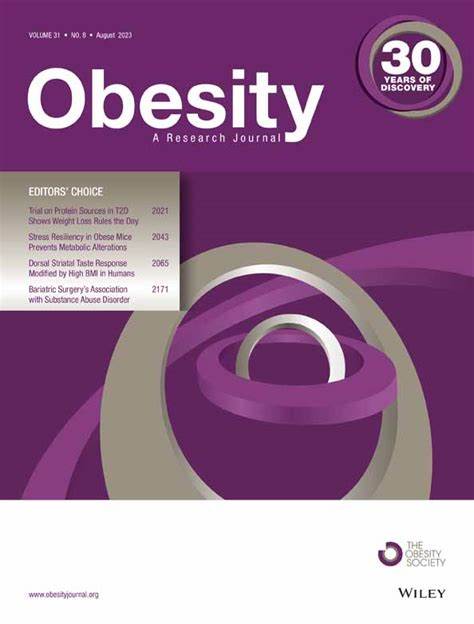Adiposity associations with risk of colorectal cancer: a systematic review
Abstract
Objective
This systematic review evaluates the relationship between adiposity and incident colorectal cancer (CRC) risk.
Methods
MEDLINE, Scopus, Embase, CINAHL, and CENTRAL were searched for articles that met the following criteria: 1) assessed adiposity measures; 2) included incident data for any diagnosed malignant stage of CRC, colon cancer, or rectal cancer; and 3) studied adults aged older than 18 years. Articles were assessed for bias using the National Institutes of Health study quality assessment tools.
Results
Fifteen articles across ten studies met the inclusion criteria. Three significant associations were positive, one was negative, and eleven were nonsignificant and positive. Measures varied based on the tool, and these four tools were used to gather body composition measures: bioelectrical impedance, computerized tomography, dual-energy x-ray absorptiometry, and ultrasound. The most used were total body fat mass and percent fat, along with abdominal visceral and subcutaneous adipose tissues. Overall, higher levels of adipose were positively associated with an increased risk of CRC. The strength of associations and significance varied by body composition variable, measurement technique, tumor location, and sex.
Conclusions
Standardization is needed to better elucidate the relation between CRC and adiposity to allow for comparisons across papers. Additionally, a balance among precision, accessibility, and cost of measurements must be struck.


 求助内容:
求助内容: 应助结果提醒方式:
应助结果提醒方式:


